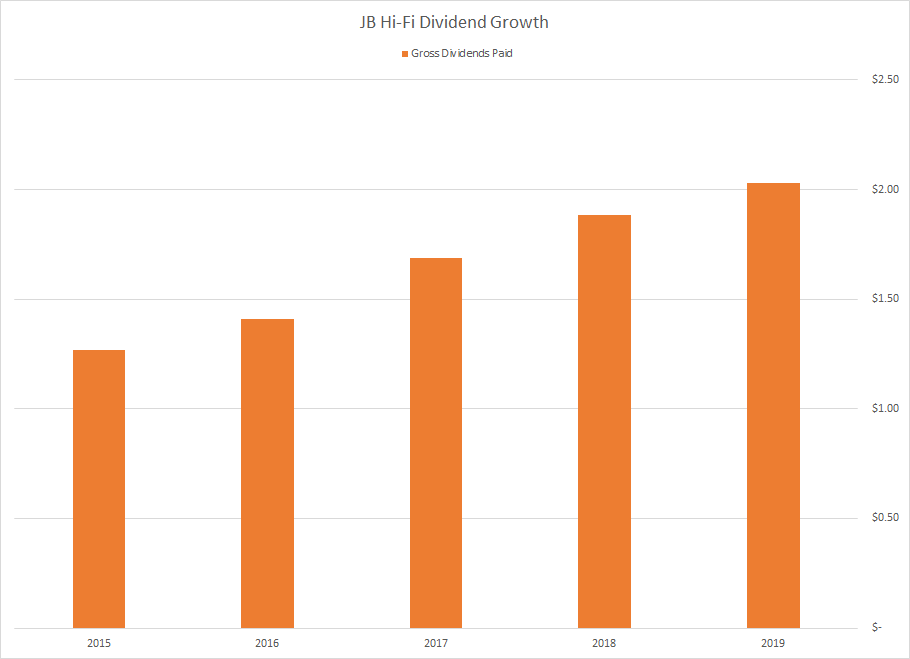Russell Investments High Dividend Australian Shares ETF (RDV) – Finding Consistent Dividends Through Reporting Season
Reporting season for Australian companies is around the corner and following that is the reconstitution of RDV’s holdings. RDV’s underlying index is reconstituted twice a year in March and September. This timeline allows consensus forecasts (which feed into the underlying methodology) to be updated after companies report on earnings in February (half-year) and August (full-year).
The underlying methodology of RDV aims to build a portfolio that pays a relatively high gross dividend yield to investors versus the broad Australian market and provide investors with a consistent source of income. Whilst it is important to look at the historical dividend characteristics of a stock, RDV’s methodology also focuses on forecast dividend yields as well as a stock’s earnings variability to assess whether a stock is suitable for the portfolio.
To get an idea of how RDV may be positioned after this February’s reporting, we can take a look at an example from last year’s reconstitution to see the type of stocks that are attractive to the methodology.
During the end-March 2019 reconstitution, JB Hi-Fi(JBH) was added to RDV at a weight of 2.2% based on the underlying yield characteristics of the stock. As of 20th January, 2020, JBH stock returned 64.8%1 since being added to RDV, adding value for the investors.
Why was JB Hi-Fi added to the portfolio in March 2019?
At the time of the RDV reconstitution, JBH scored well relative to the large cap Australian market on both forward-looking and historical metrics:
- Forecasted dividend yield is an important metric for investors, as it the expected yield that would be received if buying a stock today. Whilst historical yields can be a guide to future yields, using consensus forecasts for dividends provide a more robust estimate. At reconstitution, JBH was trading on a forecast gross yield of 9.22%2. The average forecast gross yield for the large cap universe3 of stocks was 5.47%;
- Companies that have a history of growing dividends tend to continue to pay higher dividends in future. At the March reconstitution, the average three-year dividend growth of companies in the large cap universe was 7.04%; JBH had grown dividends over the same period by 14.08%4 , rewarding investors with higher dividends as the company’s earnings grew;
- The volatility of a company’s earnings is a vital metric when assessing the potential to pay dividends. A company with more earnings variability has a higher chance of paying infrequent dividends or cutting the amount paid to investors when earnings fall; companies with more steady earnings streams however tend to pay more constant dividends or increase the payouts to investors over time. Relative to large cap stocks in Australia5, JBH has not exhibited extreme earnings variability over the five years to March 2019, which gives some comfort that there is not high risk of the forecast dividend being cut or scrapped

Source: Bloomberg, gross dividends are inclusive of franking credits.
What has happened since JB Hi-Fi was added to RDV in March 2019?
In May 2019, the surprise federal election result which saw the LNP retain government drove the Australian equity market higher, as the market was pricing in a result that would have negative impacts for the economy. Before the election, economic growth forecasts had been downgraded and economically sensitive segments of the market, such as retailers, had been underperforming. In short, the stock was out of favour as there was significant negative news priced into the stock. The election result drove a significant pickup in consumer sentiment and the stock rallied over 14%6 up to when the company reported in August, alongside other retailers. The company reported FY19 earnings in line with expectations and increased its dividend relative to the previous year which was well received by investors. After a positive sales update in October, the company continued to rally through the end of 2019 and into 2020, further buoyed by a strong retail sales print in Australia.
Since JBH was added to RDV, the stock has returned 64.8% vs the broad market return of 18.9%7 as at January 20th, 2020.
RDV’s position in JBH showcases RDV’s methodology, specifically how looking at metrics outside of trailing dividend yield, such as forward-looking yield and earnings variability, and diversify the yield sources for investors and contribute towards the portfolio’s overall return.
We will provide an update on in April 2020 on key changes to RDV following company earnings season.
1 Source: Bloomberg2 Source: FTSE
3 Source: FTSE ASFA Australia 100
4 Source: FTSE
5 Source: FTSE ASFA Australia 100
6 Source: Bloomberg
7 Source: Bloomberg, total return. Broad market is ASX200.